.
| It is generally
accepted that the first indigenous people reached the continent of Australia
around 40,000 to 50,000 years ago. The thylacine is a species that
was well known to the Aboriginal people of Australia, as they co-existed
with it for many thousands of years before it disappeared from the mainland.
Exactly when the mainland thylacine population died out has been
a topic of considerable debate, with estimates ranging from a few thousand
years, to the mid-1800s. According to some observers, the thylacine
may have persisted in certain areas of the mainland
even in recent decades, and may possibly, improbable as it may seem, still
be living there to this day.
This section of the museum is a gallery
which displays many of the known examples of Aboriginal rock art (pictographs)
depicting the thylacine, most of which are believed to date from before
the change that took place in Aboriginal culture several thousand years
ago. Afterward, Aboriginal art reached a new complexity of design,
and depictions of animals or human figures were frequently drawn in the
distinctive "X-ray" style, with the internal organs and bone structures
clearly visible.
While some of the animals in these pictographs
are undoubtedly meant to represent the thylacine, this may not be the case
with all. Some may possibly illustrate other species of striped marsupials,
such as the Banded hare wallaby (Lagostrophus
fasciatus) or numbat (Myrmecobius
fasciatus).
Click on the thumbnails below to view the
complete images with information. |
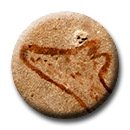 |
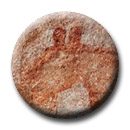 |
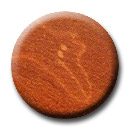 |
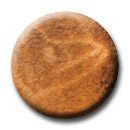 |
| Gabarnmung
Cave, Arnhem Land, NT |
Ubirr,
Kakadu National Park, NT |
Angel
Island, Dampier Archipelago, WA |
Angel
Island, Dampier Archipelago, WA |
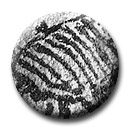 |
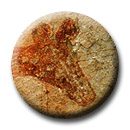 |
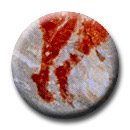 |
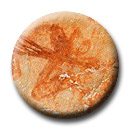 |
| Arnhem
Land, NT |
Upper
East Alligator River, Arnhem Land, NT |
Malgawo,
Arnhem Land, NT |
Mt.
Gilruth, Arnhem Land, NT |
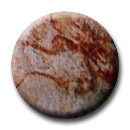 |
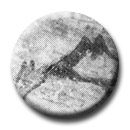 |
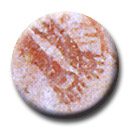 |
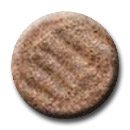 |
| Northern
Territory |
Kakadu
National Park, NT |
Magarni,
near Nabarlek, Arnhem Land, NT |
unknown
locality |
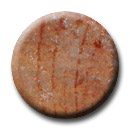 |
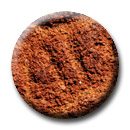 |
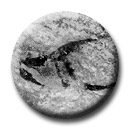 |
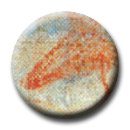 |
| Injalak
Hill, Arnhem Land, NT |
Burrup
Peninsula, WA |
Kimberley,
WA |
Ubirr,
Kakadu National Park, NT |
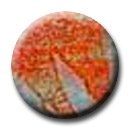 |
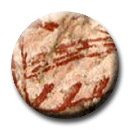 |
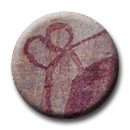 |
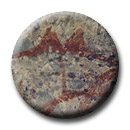 |
| Arnhem
Land, NT |
Injalak
Hill, Arnhem Land, NT |
Kakadu
National Park, NT |
Kakadu
National Park, NT |
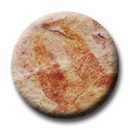 |
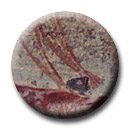 |
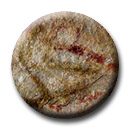 |
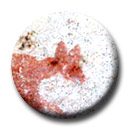 |
| Kakadu
National Park, NT |
Kakadu
National Park, NT |
unknown
locality |
Drysdale
River, Kimberley, WA |
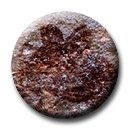 |
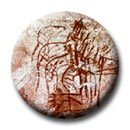 |
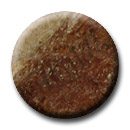 |
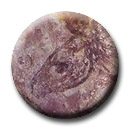 |
| Arnhem
Land, NT |
West
Arnhem Land, NT |
Kakadu
National Park, NT |
Kakadu
National Park, NT |
|
. |